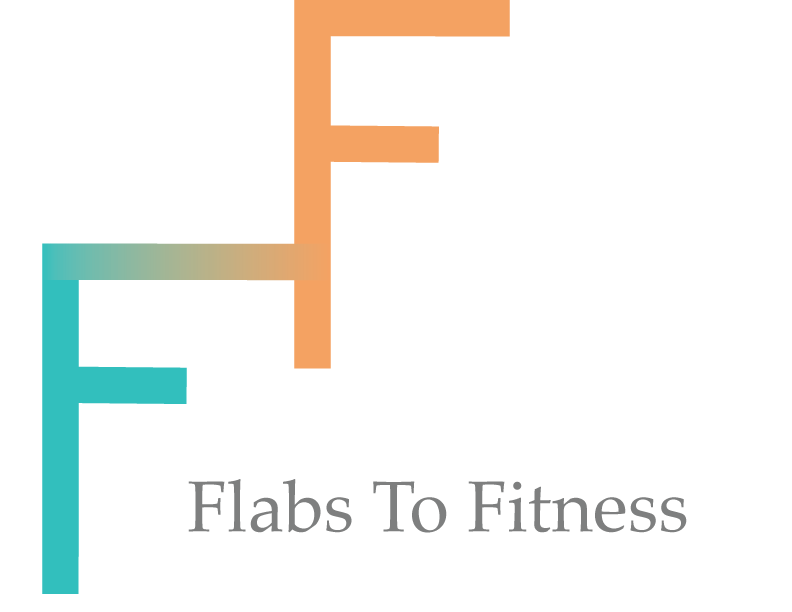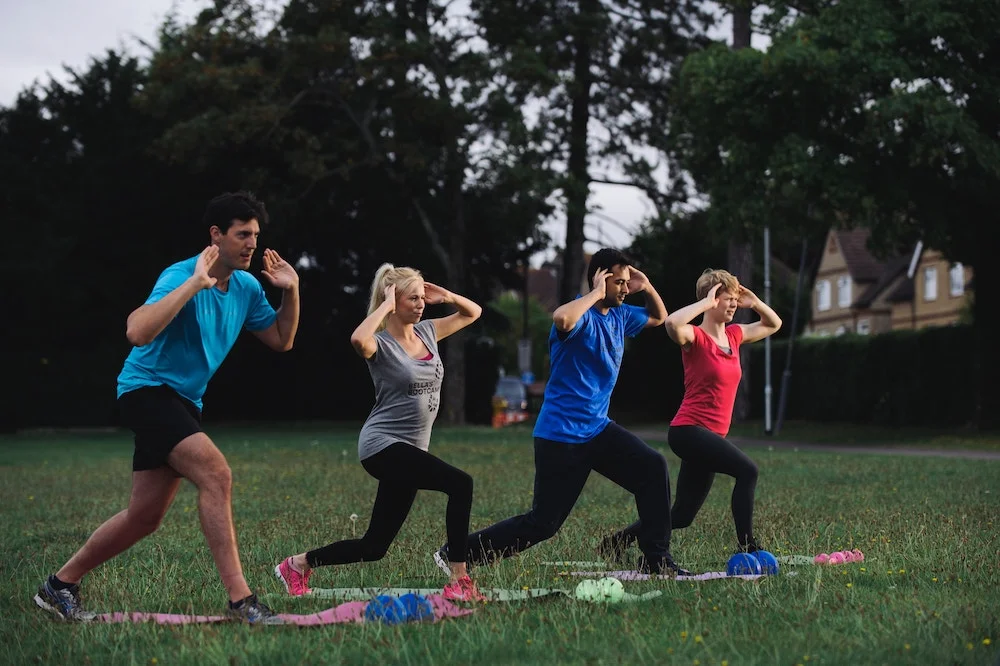This post started as a broader "benefits of microgreens" write-up, until I realized how broad a topic and therefore bad idea that would be. There are too many types of microgreens in general to encompass in one post... at least for me at this time. :)
As mentioned in my post about growing your own broccoli sprouts, this whole topic came to me in the first place after listening to episode #901 of the Joe Rogan Experience podcast with Dr. Rhonda Patrick. Prior to this episode, the only experience I'd had with microgreens was at the general level when I purchased a "mixed variety" of them from the farmer's market to try adding to my smoothies. I was rough on the science, didn't really think much of it, and felt bad for buying living baby plants just to rip them from the soil and eat over the next few days. I know, the huntress felt bad for killing plants. Whatever.
This specific episode of the podcast, though, went into a ton of detail on why Dr. Patrick loves including broccoli sprouts specifically in her daily smoothie. That's what I'd like to dive into here, as my geeky nature questions the "why" behind everything and I like to have a solid knowledge base to inform people about why I do what I do.
So! What are some of the benefits of eating broccoli sprouts?
- Anti-carcinogenic effects
- Protects the heart
- Protection against inflammation
- Promotion of longevity & life extension
- Increased fat burning in the cells
- Strong antioxidant properties
- Increased insulin sensitivity
- Promotion of muscular growth
That list looks pretty all-encompassing, but I still stand by my use of the word "some" to preface it because there are other possible benefits that have been discovered, but not extensively researched. At the time of this writing, the above list has a good amount of study put to it already.
Wanna go more in-depth?
If the above list convinced you to start sprouting your own broccoli or becoming a regular customer of the microgreens farms at your local farmer's market, great! If you're like me, you want more details on the subject. Never fear, for I am here and slightly angry with myself for loving to do this research so much!
There is a compound in broccoli sprouts called sulforaphane, as already mentioned, which underlies most of the benefits listed. With that in ming, let's get to it!
1. Anti-carcinogenic effects
In a 2004 study(1), certain doses of sulforaphane can actually be as potent as the standard-of-care drug trichostatin A, which works to inhibit a key enzyme in cancer proliferation. The effects of the drug and sulforaphane when taken together seemed to amplify each others' effects.
2. Protects the heart
Cruciferous vegetables are generally considered cardioprotective, i.e. they guard the health of the heart. This is because of a sulfur compound found within them, hydrogen sulfide (H2S), is actually inversely related with the progression of cardiovascular disease(2). The presence of H2S in garlic is why it is generally considered a superfood, as H2S is a vasodilator. Vasodilation is the process of opening up the pathways for blood flow and is considered beneficial for cardiovascular health, as wider flow pathways means less resistance to blood movement and therefore lower blood pressure. A lack of H2S in the body has also recently been linked to decreased endothelial function in obese patients, meaning that the lining of the blood vessels does not respond to vessel size changes as well as it would in non-obese individuals(3). This makes sense, since we just covered that H2S promotes the widening of the vessels.
3. Protects against inflammation
This topic can get broad very quickly. As Dr. Jonathan Mendoza, a wonderful mentor of mine says, "all disease starts with inflammation." To keep it as simple as I can, the aforementioned sulforaphane in broccoli sprouts inhibits something called NF-kB translocation. This action at the cellular level basically describes the movement of an inflammatory compound into the nucleus, or "brain," of the cell. When this compound makes this move, inflammation at that cell boosts and when too many cells experience this, signs of autoimmune disease can appear.
That being said, autoimmune disease is basically the worst outcome of chronic inflammation and compounds to develop over a long period of time. The most-studied autoimmune disease with sulforaphane at this time is Rheumatoid Arthritis, which appears to benefit from mechanisms similar to the NF-kB inhibition at the cellular level(5). Basically, advances in RA seem to be stopped by adding sulforaphane to the diet.
4. Promotion of longevity & life extension
A major cause of the appearance of aging in humans comes from the oxidation of protein in the body. This has led some diets, like the Bulletproof Diet, to promote "protein-cycling," in an effort to recycle some leftover proteins for use in the body so they basically don't just sit around and stagnate from oxidation. With broccoli sprouts, and the sulphoraphane they provide, there appears to be a reduction in the buildup of these proteins in the body. This leads to the theory that cells will age slower, promoting longevity (if your cells die, you die) (6).
5. Increased fat burning in the cells
While the practical significance of this benefit is still being researched, new studies have emerged to show that in the absence of a primary molecule called AMPK, sulforaphane may be able to release glycerol from the cells to produce energy. However, in the presence of AMPK, sulforaphane may actually block the AMPK function and therefore needs to be further studied to understand the exact mechanism(7)(8).
Another note on this section, though: regardless of sulforaphane's role with AMPK, it does appear to help regulate adipocytes(9), also known as fat cells. It seems to reduce their growth and needs to be studied further.
6. Strong antioxidant properties
In relation to number 5, the study showing sulforaphane's regulation of fat cells also showed that it acts as an antioxidant in monitoring/regulating insulin sensitivity(9). Do you know what the opposite of insulin sensitivity is? Insulin resistance. Do you know the common name for insulin resistance? Prediabetes or even full-blown Type 2 diabetes. Yeah.
7. Increased insulin sensitivity
As just mentioned, insulin sensitivity in the body is crucial for avoiding chronic health issues down the line... specifically, type 2 diabetes. In a 2012 study on rats with type 1 diabetes (i.e. the kind you can't really cure as of now), insulin sensitivity was still improved in this hard-to-control disease when the rats were administered concentrations of sulforaphane(10). That is huge implications for future studies on both types of diabetes!
8. Promotion of muscular growth
In proper conjunction with a few other signaling pathways within the skeletal muscle, a 2012 study(11) found that sulforaphane could have the potential to create anabolic effects in the body's muscle mass. "Anabolic" events are events of growth. See that? #gainz. Had to throw them in there somewhere. This is Flabs to Fitness, after all. :)
Final thoughts
Well... thank you for making it with me this far, if that's what you did! As you can see, the benefits of broccoli sprouts largely stem from its high concentrations of sulforaphane. I didn't even go into the other compounds that help the sulforaphane react! For now, just know that you'll get the most out of these little superfoods if you eat them raw (or drink them raw in a smoothie) or only cook them at low temperatures for a short period of time. Examine.com recommends steaming them for no more than 3 minutes to still get the benefits of the sulforaphane.
Sources
(1) Myzak MC, et al A novel mechanism of chemoprotection by sulforaphane: inhibition of histone deacetylase. Cancer Res. (2004)
(2) Benavides GA, et al Hydrogen sulfide mediates the vasoactivity of garlic. Proc Natl Acad Sci U S A. (2007)
(3) Candela, J., Wang, R., White, C. Microvascular Endothelial Dysfunction in Obesity Is Driven by Macrophage-Dependent Hydrogen Sulfide Depletion. Arterioscler Thromb Vasc Biol. (2017)
(4) Heiss E, et al Nuclear factor kappa B is a molecular target for sulforaphane-mediated anti-inflammatory mechanisms . J Biol Chem. (2001)
(5) Fragoulis A, et al Sulforaphane has opposing effects on TNF-alpha stimulated and unstimulated synoviocytes . Arthritis Res Ther. (2012)
(6) Stadtman ER Protein oxidation and aging . Science. (1992)
(7) Lee JH, et al Sulforaphane induced adipolysis via hormone sensitive lipase activation, regulated by AMPK signaling pathway . Biochem Biophys Res Commun. (2012)
(8) Garton AJ, Yeaman SJ Identification and role of the basal phosphorylation site on hormone-sensitive lipase . Eur J Biochem. (1990)
(9) Xu J, et al Enhanced Nrf2 Activity Worsens Insulin Resistance, Impairs Lipid Accumulation in Adipose Tissue, and Increases Hepatic Steatosis in Leptin-Deficient Mice . Diabetes. (2012)
(10) de Souza CG, et al Metabolic effects of sulforaphane oral treatment in streptozotocin-diabetic rats . J Med Food. (2012)
(11) Fan H, et al Sulforaphane causes a major epigenetic repression of myostatin in porcine satellite cells . Epigenetics. (2012)
(12) Weil, A. Better boost from broccoli sprouts? Weil. (2012)
























![[Image: piloxing.com]](https://images.squarespace-cdn.com/content/v1/56e330ae20c647b40eed5369/1489091600965-5E2G8PTGWVCD4SPHHLMU/about-ko-v5.jpg)
![[Image: muscleandfitness.com]](https://images.squarespace-cdn.com/content/v1/56e330ae20c647b40eed5369/1489091649125-83D0YNSK5LAGE3WNUSGD/image-asset.jpeg)



